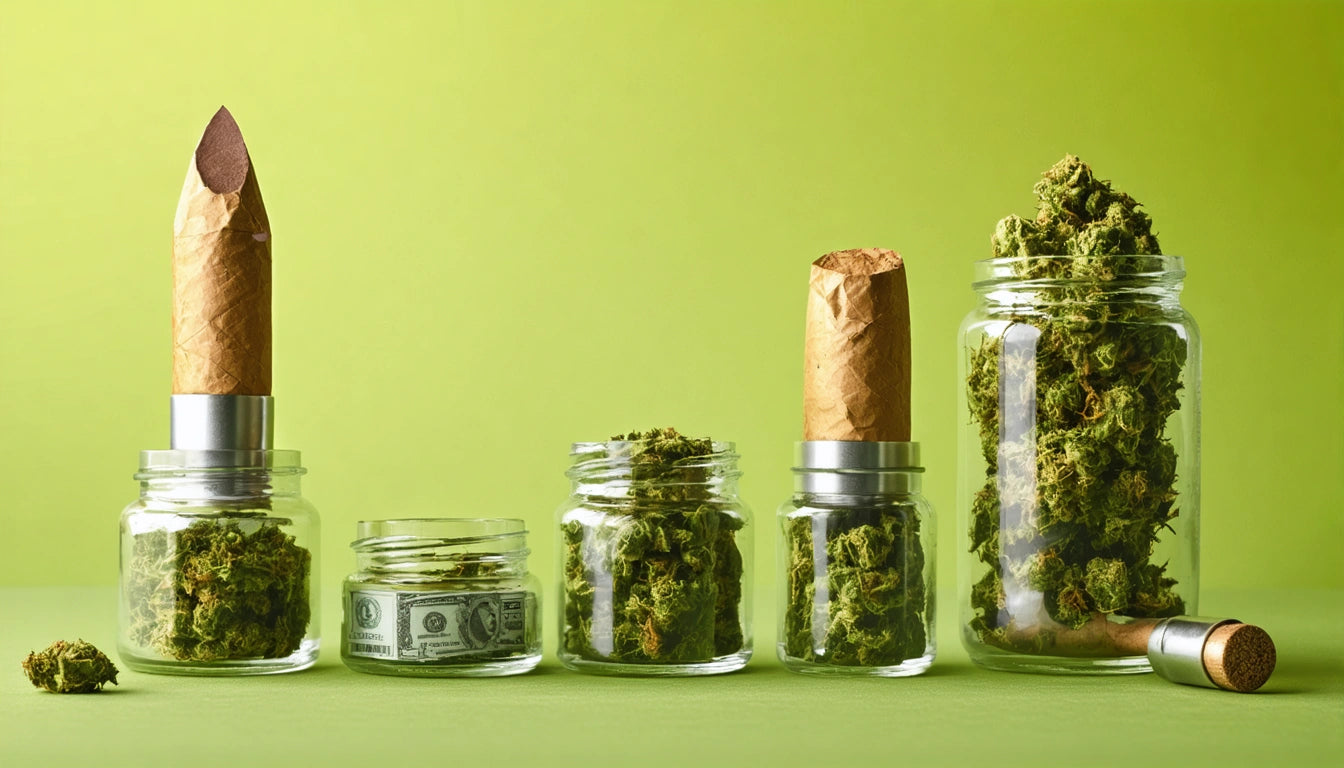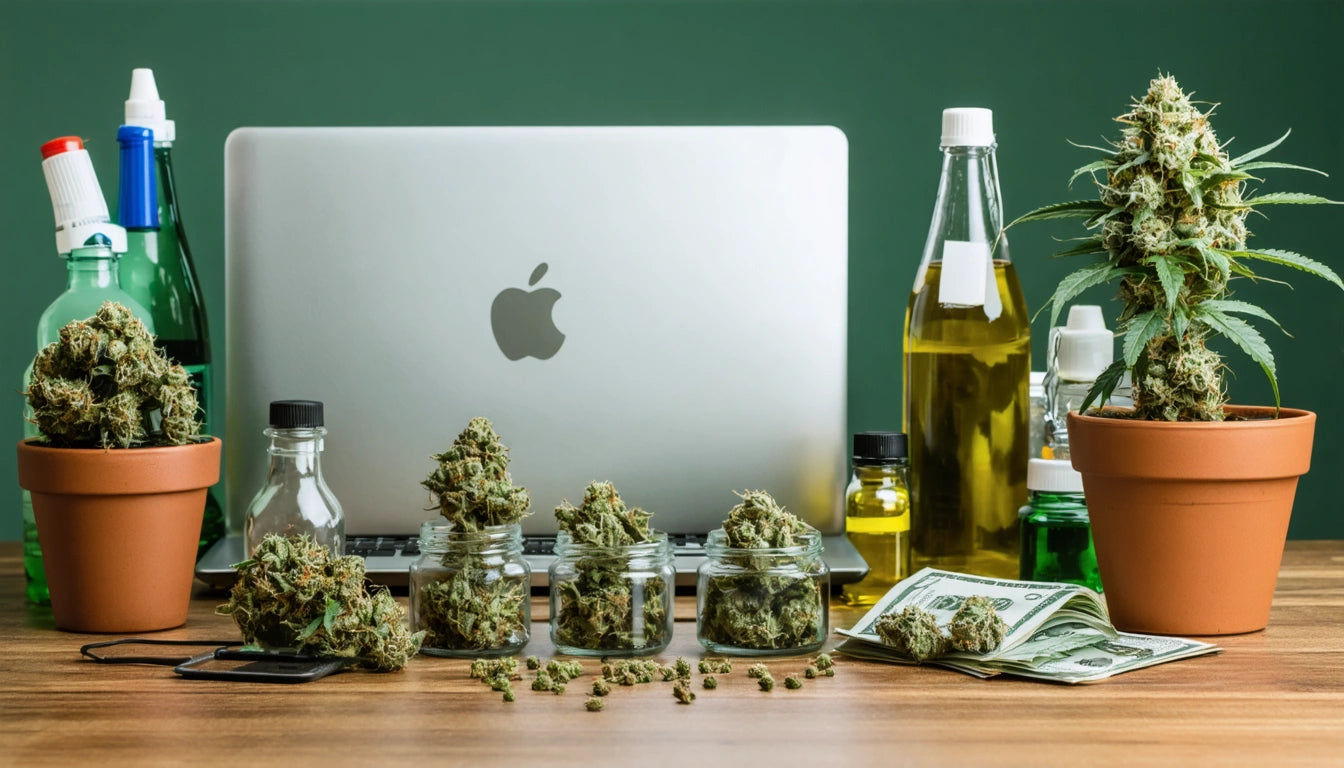Table of Contents
- Understanding Cannabis Seedling Development
- Key Indicators for Transplanting Cannabis Seedlings
- Transplanting Cannabis Seedlings from Solo Cups
- Step-by-Step Transplanting Process
- Managing Leggy Cannabis Seedlings During Transplant
- Optimal Timing Considerations for Different Growing Methods
- Maximizing Growth and Yield Post-Transplant
Optimal Timing for Transplanting Cannabis Seedlings: A Comprehensive Guide
Knowing when to transplant cannabis seedlings is crucial for developing healthy, productive plants. Timing this transition correctly prevents stunted growth, root damage, and stress that can ultimately affect your harvest quality and yield. This guide explores the optimal timing and techniques for transplanting cannabis seedlings to support their journey to becoming robust, high-yielding plants.
Understanding Cannabis Seedling Development
Cannabis seedlings go through distinct growth phases before they're ready for transplanting. Initially, seeds germinate and develop their first set of leaves (cotyledons), followed by true leaves with the characteristic serrated edges. Understanding this development timeline helps determine the best time to transplant weed seedlings.
According to cannabis seed growing guides, seedlings typically spend 2-3 weeks in their initial container before needing more space. During this period, they establish their root system and begin developing a stronger stem and leaf structure.
Key Indicators for Transplanting Cannabis Seedlings
Rather than relying solely on a calendar, look for these signs that indicate when to transplant cannabis seedlings:
- Root development: Roots becoming visible through drainage holes or circling the bottom of the container
- Leaf sets: Development of 3-5 sets of true leaves
- Height: Seedlings reaching approximately 4-6 inches tall
- Container size limitations: Growth becoming visibly restricted by current container
These indicators are more reliable than strictly following a timeline, as comprehensive transplanting guides suggest that individual plant genetics and growing conditions can significantly affect development rates.
Transplanting Cannabis Seedlings from Solo Cups
Solo cups are popular starter containers for cannabis cultivation. When determining when to transplant cannabis seedlings from solo cups, observe these specific indicators:
- Roots visible through drainage holes
- Plant height approximately equal to cup height
- Leaves extending beyond the cup's diameter
- Slowed growth despite adequate nutrients and light
Typically, seedlings outgrow solo cups within 2-3 weeks. For optimal growth, consider transplanting to fabric pots or larger containers that allow for proper air pruning of roots and moisture control, which helps prevent overwatering issues common with young cannabis plants.
Step-by-Step Transplanting Process
Preparation
Before transplanting, prepare your environment and materials:
- Pre-moisten new growing medium
- Prepare larger containers with drainage
- Allow seedlings to dry slightly (but not completely) for easier removal
- Gather all tools and prepare your workspace
Execution
The actual transplanting process requires gentle handling:
- Carefully remove seedling by inverting the container and supporting the stem base
- Disturb the root ball as little as possible
- Place in a pre-dug hole in the new container
- Backfill with medium, maintaining the same depth as before
Successful transplanting techniques emphasize minimizing root disturbance and preventing air pockets around the roots.
Managing Leggy Cannabis Seedlings During Transplant
Many growers wonder: can you bury leggy cannabis seedlings? The answer is yes, with some precautions. Leggy seedlings develop when stretching for light, resulting in tall, weak stems.
When transplanting leggy seedlings:
- Bury the stem up to just below the lowest set of leaves
- Ensure the buried portion is clean and free of damage
- Use a light, well-draining medium to prevent stem rot
- Provide immediate support if needed
This technique allows the buried stem to develop additional roots, creating a stronger foundation for the plant. However, prevention through proper lighting is always preferable to corrective measures.
Optimal Timing Considerations for Different Growing Methods
Indoor Growing
For indoor cultivation, the best time to transplant cannabis seedlings is flexible but typically occurs when plants have developed 3-5 sets of true leaves. Environmental control allows for year-round transplanting based on plant indicators rather than seasonal timing.
Outdoor Growing
Outdoor growers must consider seasonal factors. Optimal outdoor planting guides suggest transplanting seedlings outdoors after the last frost when nighttime temperatures consistently stay above 50 °F (10 °C). This typically aligns with late spring in most growing regions.
Greenhouse Growing
Greenhouse cultivation offers a middle ground, allowing earlier transplanting than purely outdoor methods while still requiring attention to seasonal light cycles and temperature fluctuations.
Maximizing Growth and Yield Post-Transplant
After transplanting, proper care is essential to minimize shock and promote vigorous growth. Provide:
- Consistent moisture without overwatering
- Reduced light intensity for 1-2 days
- Protection from extreme environmental conditions
- Gentle feeding schedule, starting with 1/4 to 1/2 strength nutrients
According to larger pot transplanting guides, plants typically show signs of new growth within 3-7 days after a successful transplant, indicating they've overcome transplant shock.
Understanding when to transplant cannabis seedlings is both an art and a science. By observing your plants closely and responding to their developmental cues rather than rigid timelines, you'll set the foundation for healthy, productive plants throughout their lifecycle. Remember that each strain and growing environment may require slight adjustments to this general guidance.











Leave a comment
All comments are moderated before being published.
This site is protected by hCaptcha and the hCaptcha Privacy Policy and Terms of Service apply.